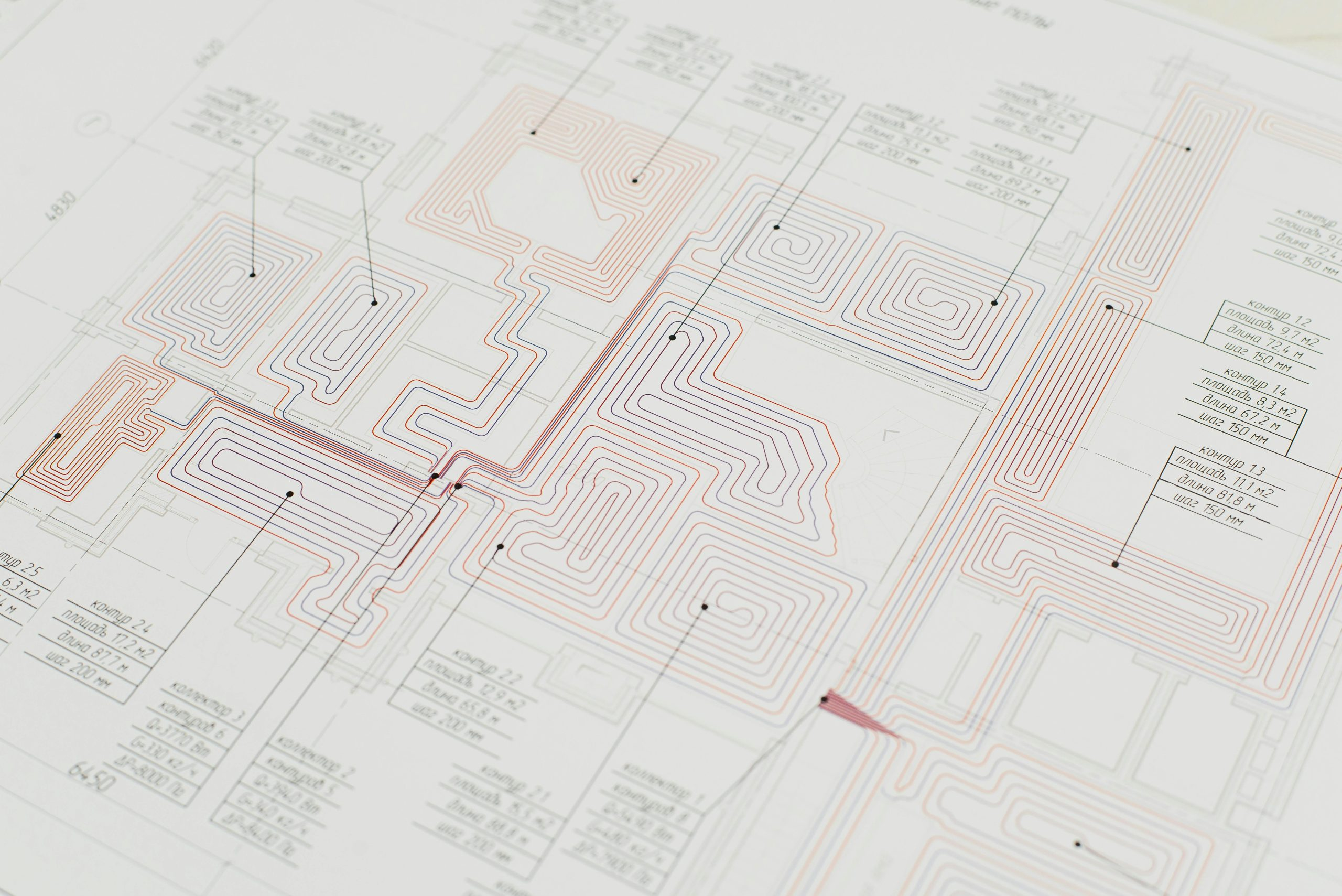Reducing Technical Debt Without Halting New Development
When it comes to developing software, technical debt is something that needs to be addressed. This includes the workarounds, shortcuts, and quick fixes that are put in place during the development process, which ultimately leads to the accumulation of technical debt. The more technical debt a project has, the harder it becomes to maintain and update the software. However, halting new development to solely focus on eliminating technical debt can significantly slow down the progress of a project. Therefore, finding a balance between reducing technical debt and continuing new development is essential for successful software development.
The Impact of Technical Debt on Software Development
In simple terms, technical debt is the result of choosing to take the easy or fast route during the development process. This approach can be beneficial in the short-term, as it allows for quicker delivery of the software. However, it can hinder the long-term progress of a project due to the need to constantly address and fix these technical debts. This can result in slower development, increased costs, and reduced quality, making it something that cannot be ignored.
The impact of technical debt on software development can be significant. As the software continues to grow and evolve, the technical debt becomes more apparent and problematic. This can lead to issues such as system crashes, data loss, and delays in implementing new features and updates. In extreme cases, technical debt can even bring a project to a standstill, making it crucial to address it before it gets out of hand.
The Need for Balancing Technical Debt and New Development
While it may be tempting to focus solely on reducing technical debt, it is not a sustainable approach. As mentioned earlier, halting new development can significantly slow down the progress of a project and can lead to missed opportunities and setbacks. Therefore, it is important to find a balance between reducing technical debt and continuing new development.
One approach to maintaining this balance is by prioritizing and addressing the most critical technical debt first. This can involve identifying the areas of the software that are causing the most problems and addressing them before moving on to less critical technical debt. This allows for the continuous development of the software while also continually reducing the technical debt.
The Role of Automation and Refactoring
Another way to balance technical debt and new development is by using automation and refactoring. Automation can help with reducing the time and effort required to address technical debt. This involves automating the testing process and using tools that can identify and fix common technical debt issues. This not only saves time but also ensures that technical debt is addressed consistently and efficiently.
Refactoring is another crucial aspect of reducing technical debt without halting new development. Refactoring involves making changes to the code to improve its quality while maintaining its functionality. This can be done gradually while continuing new development, making it a more sustainable approach.
The Importance of Communication and Collaboration
Effective communication and collaboration are crucial when it comes to balancing technical debt and new development. This involves keeping all team members informed about the technical debt issues and the actions being taken to address them. This transparency allows for a better understanding of the challenges and prevents any confusion or setbacks during the development process.
Collaboration between team members is also essential in maintaining this balance. This can involve working together to identify and address technical debt, as well as finding ways to prevent it from accumulating in the future. A collaborative approach can also lead to innovative ways of reducing technical debt while continuing new development.
In Conclusion
Just like any other type of debt, technical debt needs to be addressed in a timely and efficient manner. Ignoring it can lead to significant challenges and setbacks in the long-term, making it crucial to find a balance between reducing technical debt and continuing new development. By prioritizing and addressing the most critical technical debt, utilizing automation and refactoring, and maintaining effective communication and collaboration, a project can successfully reduce technical debt without halting new development.










